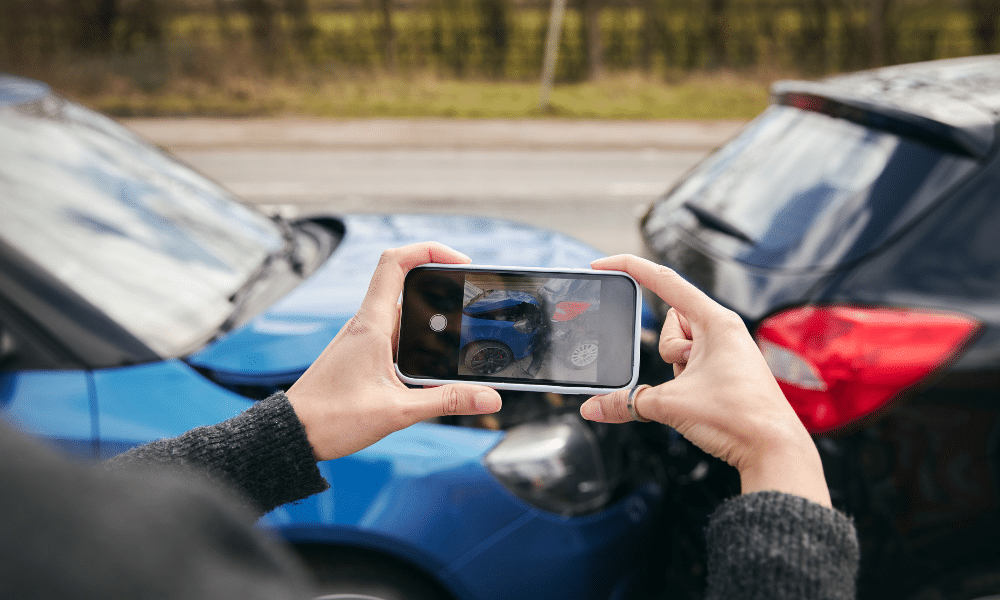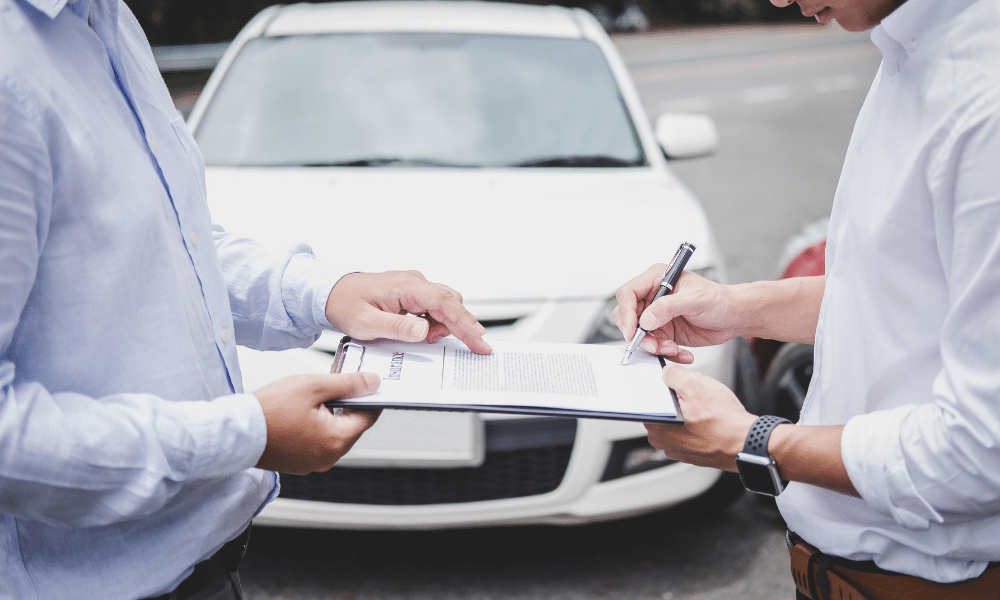Hit-and-run accidents are common in Philadelphia, leaving victims with physical injuries and emotional trauma. In cases like these, community surveillance footage can be a crucial tool in identifying the responsible party and seeking justice. Gathering surveillance footage after a hit and run in Philadelphia is essential to take proactive steps to protect your rights.
Understanding the Legal Framework Surrounding Hit and Run Accidents
Before diving deeper into the process of gathering surveillance footage after a hit-and-run incident, it’s vital to comprehend the legal framework surrounding these incidents. Specific laws in Pennsylvania regulate how these cases are handled.
Explanation of Pennsylvania Laws Regarding Hit-and-Run Accidents
The State of Pennsylvania takes hit-and-run accidents very seriously. The law mandates that any driver involved in a motor vehicle accident, especially if it results in injury, death, or property damage, has a duty to stop at the scene or as close as possible. The driver must then provide pertinent information, such as their name, address, and vehicle registration number, to the affected parties or law enforcement.
Furthermore, should anyone be injured in the accident, the driver is obligated to assist. This could include calling for medical help. Failure to fulfill these responsibilities can lead to severe penalties under Pennsylvania law.
Legal Consequences for Drivers Involved in Hit-and-Run Incidents
Drivers who choose to flee the scene of an accident can face severe legal consequences. The charges vary based on the severity of the accident. For instance, if the hit-and-run accident resulted in property damage, the offender could face a third-degree misdemeanor involving potential penalties such as a hefty fine and suspension of their driver’s license.
If the accident resulted in injury or death, the courts could charge the offending driver with a first- or second-degree felony. This may lead to imprisonment, hefty fines, and a longer period of license suspension. The gravity of these penalties underscores the importance of accountability in hit-and-run incidents, and it sets the stage for the crucial role of community surveillance footage in enforcing this accountability.
How to Gather Community Surveillance Footage
The first step in gathering surveillance footage after a hit-and-run is to identify possible sources. Look around the accident scene for signs of surveillance cameras. They could be on top of traffic lights, outside businesses, or in residential properties nearby.
Once you’ve identified potential sources, you or your legal counsel can make a formal request for the footage. Make sure to do this as soon as possible because many surveillance systems overwrite old footage after a set period, usually around 30 days.
If making the request yourself, always be respectful and explain your situation clearly. If you feel uncomfortable doing this or if the owner refuses to cooperate, consider seeking legal counsel.
Identifying Potential Sources of Surveillance
Identifying potential sources of surveillance footage can feel like looking for a needle in a haystack, but there are few places to start:
- Businesses: Check stores, restaurants, and offices close to the accident scene. Many businesses employ surveillance cameras for security purposes, and these may have captured the incident.
- Residential Properties: Doorbell cameras and security systems are increasingly common in homes. If the hit-and-run occurred in a residential area, these could prove useful.
- Traffic Cameras: Traffic cameras at major intersections can provide valuable footage.
- Public Transport: If the accident happens near a bus stop or train station, buses and trains often have onboard CCTV systems.
While this may seem overwhelming, remember that every piece of footage can play a pivotal role in identifying the culprit and seeking justice. Keep this in mind as you begin the process of gathering surveillance footage after a hit-and-run.
Legal Considerations When Collecting Surveillance Footage
Gathering surveillance footage is not without its legal difficulties. It’s important to remember that while you may have a right to request the footage, the owner of the footage also has rights. For instance, business owners may deny your request based on company policy or other private reasons.
Furthermore, there may be significant concerns about privacy. Surveillance footage often captures more than just the desired incident. Therefore, there may be hesitations about violating the privacy rights of incidentally recorded individuals. As such, it’s essential to maintain respect for the rights of others while gathering evidence for your case.
Working with Law Enforcement and Legal Counsel
Following a hit-and-run accident, it is crucial to report the incident to the police and provide them with all available information. The police can assist in collecting surveillance footage, and their involvement often lends weight to a request.
It may also be helpful to hire legal counsel to assist with the collection and use of surveillance footage. Experienced personal injury lawyers are familiar with local laws surrounding surveillance and investigations and can help navigate any challenges that arise.
Legal counsel can also serve as a liaison between the victim and other parties involved, ensuring all evidence collection is professional and legal. This can be particularly helpful when dealing with owners of uncooperative surveillance footage.
If you or a loved one has been a victim of a hit-and-run accident in Philadelphia, don’t hesitate to contact Craig A. Altman for legal assistance. For a free consultation, call (215) 569-4488.





